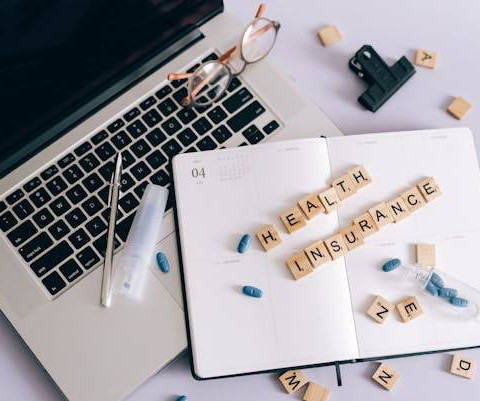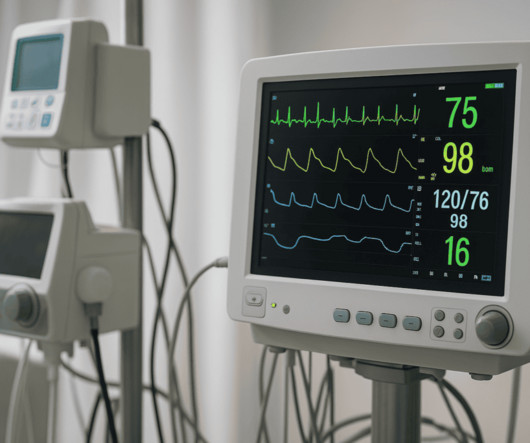Top Considerations for EHR Software Requirements
Arkenea
JUNE 10, 2025
Crucial Considerations for EHR Software Requirements 1. Define Practice Goals Goals and mission statement in medical practice isn’t just a piece of document, but is a purpose that’s accompanied with a strong commitment. Cloud-based EHR is preferable as it offers enough storage capacity and efficient data management.




















Let's personalize your content